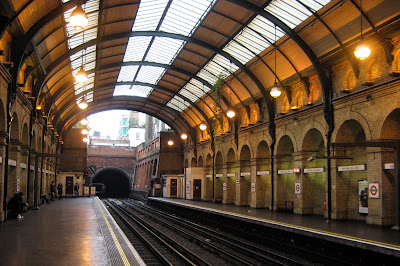To capture other tribal centers they built a wooden bridge across the Thames which is near today's London Bridge and provided bigger prizes at that time. The settlement prospered from the trade due to the bridge which became a focal point for the network of roads which are around the region. Around AD 60 the growth was snipped in the bud after an army led by Boudicca based in East Anglia violently took retribution on the Roman soldiers who had seized their lands and abused their families.
Romans built a defensive wall around the city a century later which fragments still survive. Ludgate, Aldgate, Newgate, and Bishopsgate are the original gates which are remembered as place names in London. Various ethnic groups of around 30,000 people had settled in Londinium by the middle of 3rd Century and there were temples which were dedicated to large numbers of cults. Christian became the official religion of the entire empire after the Emperor Constantine converted to Christianity. Temple of Mithras still survives in the city and is a testament of the pagan past of London.
Lundenwic – After the Romans withdrew from London whatever happened is much of historical debate and a lot has remained unknown including whether the Roman walled city was abandoned entirely or not. As Saxons established themselves around the Southeast of England, most of the historians still believe that some form of Romano British continues to survive. Settlement of Saxon became the victim of its own success after it attracted Vikings of Denmark who 10 years later raided and burned the city to the ground.
The Normans – 1066 is the most famous date in English city as it marks the real birth of England as a unified nation state. There was a dispute as who would take the English throne after the death of Edward the confessor and this spelled disaster for the Saxon kings. On his deathbed Edward had appointed Harold Godwinson, Earl of Essex, but William the Duke of Normandy was enraged as he believed he was promised to take over the throne. There was a massive invasion in England which was mounted by William from France and October 14th at the Battle of Hastings he defeated Harold before matching to claim his prize in London.
Elizabeth London – The 45 year reign is significant for London and has been which is looked upon as one of the extraordinary periods in English history. English literature reached to new heights during the four decades and the gradual tolerance of religious became accepted with some few Catholics and Protestants facing persecution. London is know for shopping and you can get discount trains tickets while traveling there.
London: Notting Hill Gate Station
London - Bankside: Cannon Street Railway Bridge
London - Bankside: HMS Belfast
London: Trafalgar Square








No comments:
Post a Comment